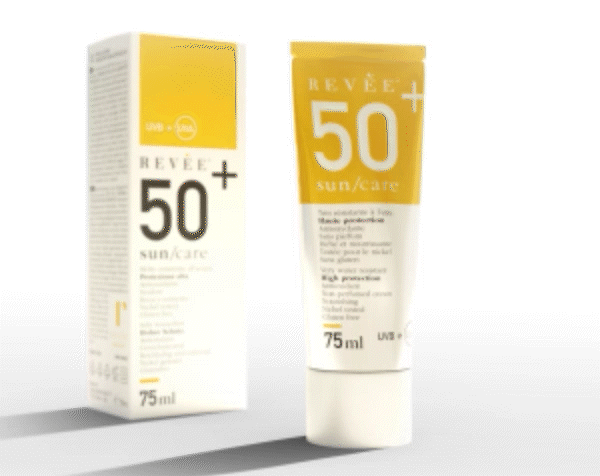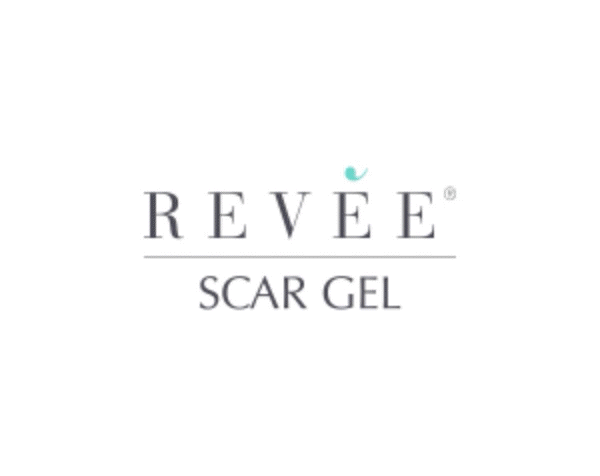Medical doctors and Surgeons
Indocyanine Green: the quiet innovation in breast surgery
At the “Franchini” Hospital in Santarcangelo di Romagna, part of the Romagna Local Health Authority (AUSL), breast surgery has taken a significant step forward thanks to the introduction of indocyanine green in sentinel lymph node mapping. Dr. Gianluca Frisoni, Director of the Breast Surgery Unit, shares the story: «I’ve worked in this facility for thirty years, and I can now confidently say that introducing this method has radically changed our approach to breast cancer surgery».
What is Indocyanine Green?
Indocyanine green is a vital dye that binds to albumin, a protein found in the blood, and spreads through the lymphatic system once injected into the subcutaneous tissue. «It’s a drug already used in ophthalmology and for fluorescein angiography – explains Frisoni -, but for over a decade, it has found a new application in breast pathology, allowing us to identify the sentinel lymph node with extreme precision».

The procedure is simple yet effective: at the beginning of the surgery, once the patient is under anesthesia, the dye is injected under the skin, typically in the areolar region or above the tumor. «Within minutes, the dye travels through the lymphatic system and, under infrared light, becomes fluorescent. By dimming the lights in the operating room, we can follow the path it takes toward the armpit», says Frisoni. At this point, the surgeon identifies the first lymph nodes—usually one, two, or at most three—to remove for immediate histological examination.
Timing and precision
One of the most critical aspects of the procedure is the timing of the incision. «We have to act at the right moment. If we wait too long, the dye spreads throughout the axilla, and all the lymph nodes light up, making it difficult to distinguish the sentinel nodes. Our goal is to remove only those that drain directly from the tumour».
Indocyanine green also offers better lymphatic spread due to its lower molecular weight, making it particularly effective in patients who have undergone chemotherapy. «In those cases, identifying more nodes is vital to get a clear picture. The dye has helped us find diseased lymph nodes that might have been missed with traditional methods».
Innovation born of necessity
The use of indocyanine green in Santarcangelo wasn’t coincidental. «In 2012 – recalls Frisoni – our health authority didn’t have a nuclear medicine service. We had to send patients to Forlì the day before surgery for the administration of Technetium-99, a radioactive tracer. It was inconvenient, expensive, and impractical».
That’s when, thanks to an idea from Dr. Fogacci and under the leadership of then-director Dr. Samorani, the breast surgery team began experimenting with the intraoperative use of indocyanine green. «We conducted randomised studies comparing the two methods, and the results proved us right: the sensitivity of the green dye is equal to, if not greater than, Technetium’s».
Lower costs, greater efficiency
The benefits go beyond clinical effectiveness: «A procedure with Technetium-99 costs about €1,000, while indocyanine green is between €150 and €200. And then there’s the organisational simplicity: everything happens in the operating room during the first phase of surgery, with no need for travel or additional pre-op tests».
According to studies from Santarcangelo, the average number of sentinel nodes identified using the dye is 1.9 per patient, compared to 1.4 with the radioactive tracer. «This directly improves the quality of diagnosis and the precision of treatment», Frisoni emphasises.
The use of indocyanine green is now recommended for nearly all breast tumors, especially NST (No Special Type, formerly “ductal”) and lobular cancers. It’s not suitable, however, for rare breast sarcomas, which metastasize via the bloodstream rather than the lymphatic system.

«The only real contraindication is iodine allergy – Frisoni notes -. In those cases, Technetium is still used. As for complications, the dye has proven safe and well-tolerated. “It may cause a temporary greenish discolouration of the skin at the injection site, but it fades within a few days. Otherwise, there are no significant issues. It’s a widely used drug in other medical fields, too».
A technique that’s accessible and reproducible
Thanks to solid results and scientific publications confirming its effectiveness, the technique pioneered in Santarcangelo is now being adopted by other centers, bringing benefits to an increasing number of patients.
«It’s a simple, safe, accessible, and effective technique – Frisoni concludes – that has allowed us to take a big leap forward in the quality of our breast surgery. And it all started with a concrete need and a good idea. Today, it’s part of our daily routine».




































